7 Mindfulness Skills to Help Urge Incontinence
Posted on September 4, 2018 by Debra Burdick
Both men and women may experience urge incontinence for a variety of reasons. It affects about 25 million women and twice as many women as men. I have experienced it periodically ever since my 9 pound 6 ounce baby 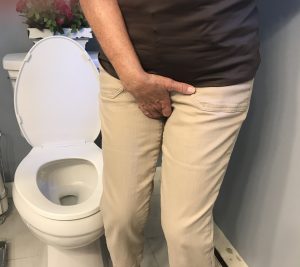 was born 32 years ago. I have also noticed that it gets worse when I eat certain foods and if I have a bladder infection. Although I am not a Urologist or specialist in this area, I am a mindfulness expert and I have found that applying some simple mindfulness techniques help me prevent leakage.
was born 32 years ago. I have also noticed that it gets worse when I eat certain foods and if I have a bladder infection. Although I am not a Urologist or specialist in this area, I am a mindfulness expert and I have found that applying some simple mindfulness techniques help me prevent leakage.
No matter whether traditional medical treatments work for you or not, you may find that practicing the following mindful skills help you gain some control over it. These have helped me manage and improve my symptoms.
1. Know what urge incontinence is
o You may have urge incontinence if you have a sudden need to urinate and you involuntarily leak urine. This happens when the bladder contracts with enough force to override the sphincter muscles of the urethra which typically control the flow of urine out of your body.
o The bladder may not be functioning properly because
i. Its nerves are damaged by various diseases such as diabetes, stroke, multiple sclerosis, or Parkinson’s disease – or childbirth.
ii. The spinal cord may be damaged.
iii. The bladder may be irritated.
iv. You may have a bladder infection.
2. Be mindful of how your bladder feels
o Set your intention to pay attention to how your bladder feels periodically throughout the day. Does it feel full, empty? Tune in until you get good at estimating how full it is. Then you can be more aware of when you should head to the bathroom before the urge becomes unmanageable.
o Sometimes food or drink can irritate the bladder and make urge incontinence worse. Notice if it feels irritated. Keep a food diary and write down what you eat or drink and rate how your bladder feels on a scale of 0-5 where 0 is very comfortable and 5 is very uncomfortable. Caffeine, alcohol and acidic foods may make it worse.
o Keep a leakage diary. Write down what you eat or drink and when you leak to see if you can correlate certain foods with increased leakage.
o Make a list of your offending foods and avoid them.
o Does drinking water with baking soda make it feel better?
3. Notice how often you should go pee for the least leakage.
o Keep track of how often and how much you pee to figure out how often you should be going to the bathroom to reduce leakage. Do you leak if you go every hour? What happens when you wait 3 hours?
o Start with an hour if you can and then gradually increase the time to help regulate your bladder. Experts recommend that you avoid going “just in case” which interferes with training the bladder to be regulated.
o Schedule pee times on your alarm to make sure you go regularly and that you don’t wait too long.
4. Pay attention when you first feel the urge to pee.
o Often times we miss or ignore the cue that our body is giving us telling us that we need to pee until it is too late. Then we are more likely to leak.
o Be mindful to listen to your body and go to the bathroom on first notice. Don’t put it off.
o Don’t hold it! If you need to pee, stop what you are doing and go.
5. Relax when you need to pee to help prevent the leaking that so often occurs when we are on the way to the bathroom. (Don’t you just hate when that happens?)
o Practice relaxation breathing and focus on your breath on the way to the bathroom to relax your body and help to prevent bladder contraction. To do this, simply inhale through your nose to the count of 4 and exhale slowly through your mouth to the count of 8. Focus on the exhale.
o Imagine your bladder relaxing while you do this. Repeat several times as you walk to the bathroom.
o While doing this, tighten only your Kegel muscles to help counteract the force of the bladder contraction.
6. Notice if you are able to stop your urine mid-stream and practice Kegel exercises daily to strengthen bladder control.
o Kegel exercises involve tightening the same muscles you use to stop the flow of urine.
o Tighten and hold for 10 seconds. Repeat 10 times twice a day.
o Then tighten them gradually while imagining you are going up in an elevator second by second for 10 seconds. Repeat 10 times twice a day.
7. Try other treatments which include biofeedback, medications, electrical stimulation, and even surgery.
o You may find you gain a reasonable amount of control by practicing steps 1-6.
o If you need more help, you can also practice steps 1-6 in addition to other treatments.
Check out these resources to help you improve your ability to be mindful of your body and to calm your stress response:
o Mindfulness the Basics and Beyond
Please share what has helped you the most with urge incontinence.
I would love to hear your personal experiences with this topic.

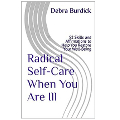

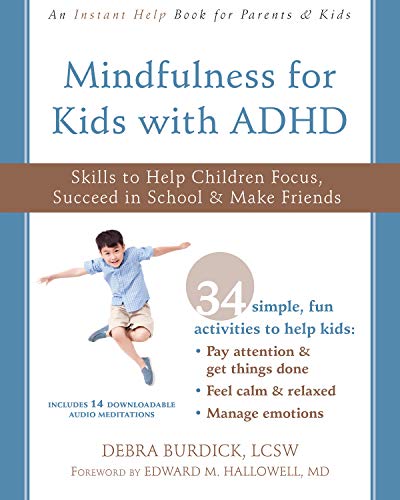
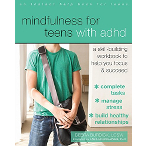
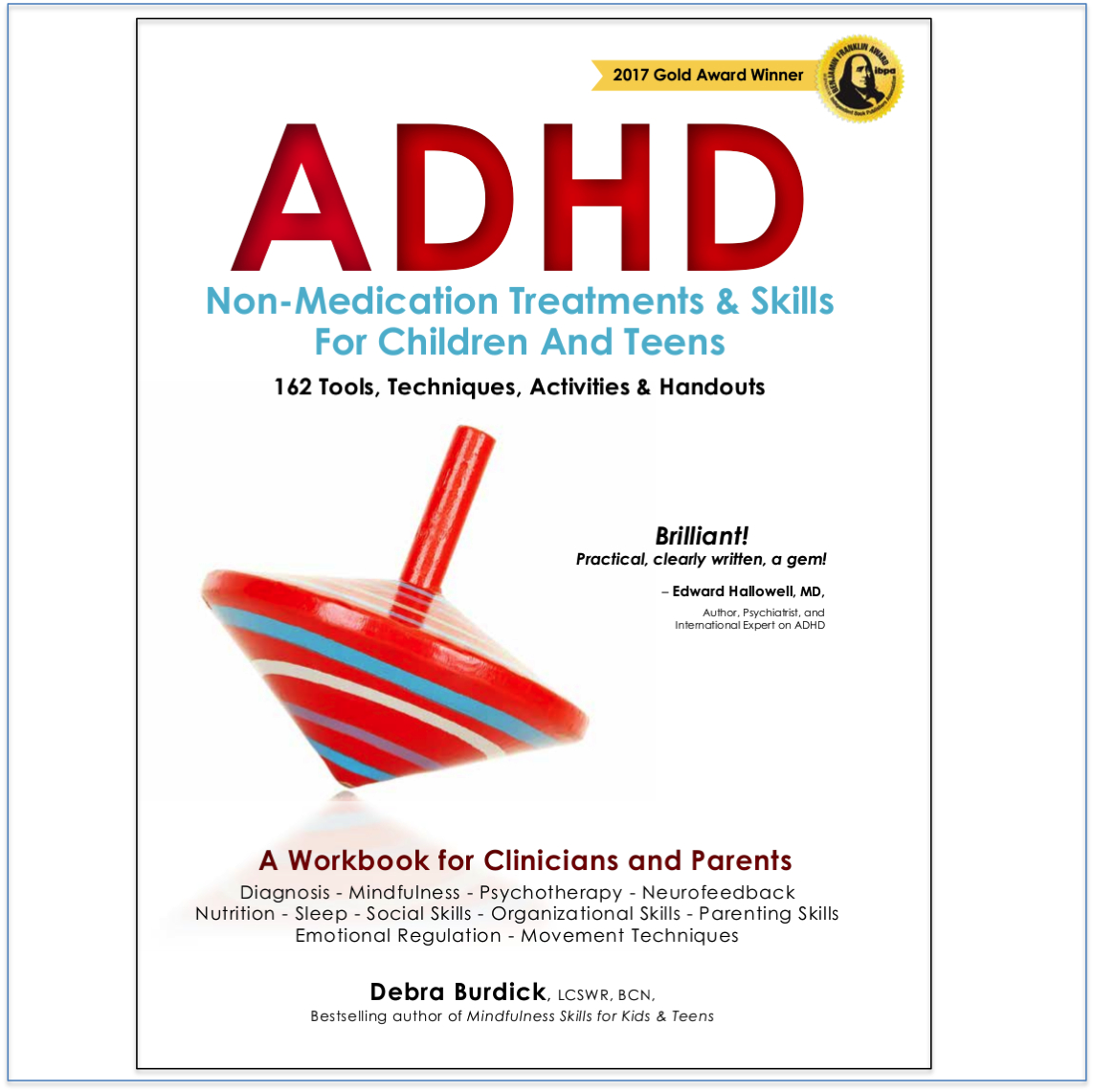
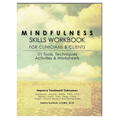
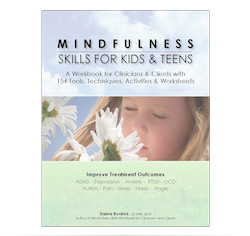
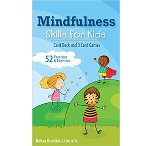
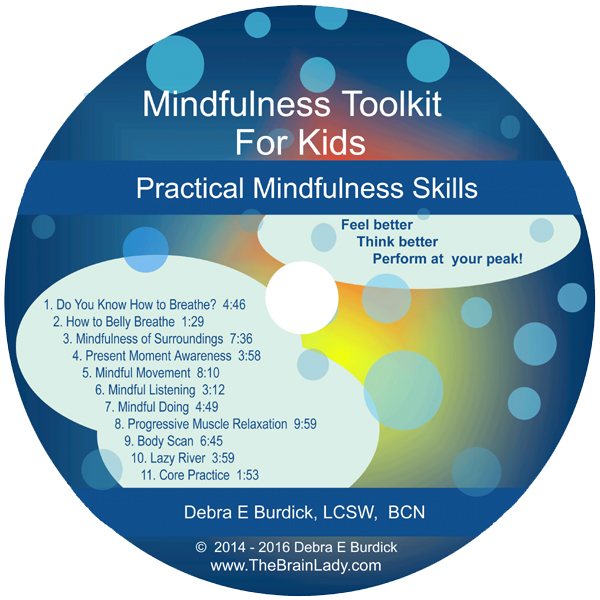
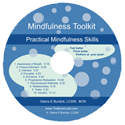
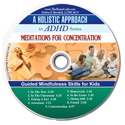
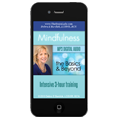
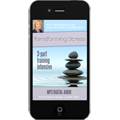
No comments yet. You should be kind and add one!
The comments are closed.